The Temporary Pause of F – 150 Lightning Production
A Strategic Break in Production
Ford has decided to put the brakes on the production of the F – 150 Lightning, its electric pickup truck, for a six – week period. This hiatus, which coincides with the usual December holiday shutdown, is part of a larger strategy. It aims to recalibrate production processes, adapt to the ever – changing market demands, and align with the company’s financial goals more closely. This decision has far – reaching implications and has sparked discussions within the automotive industry.
The Reality of F – 150 Lightning Sales
The all – electric F – 150 Lightning was launched with great fanfare. As the first electric version of Ford’s highly successful F – Series, it carried high expectations. However, the market has shown its true face, and sales figures have not met the initial targets. In the third quarter, sales did double to 7,100 units, but in the context of the total F – Series sales in the US, the Lightning only represents a mere 3.6%. Ford’s official statement regarding this situation points to an “adjustment of production for an optimal combination of sales growth and profitability,” clearly indicating the company’s understanding of the current market dynamics. The rise of electric vehicles (EVs) is undeniable, yet hybrids are also making significant strides, as consumers seem to prefer options that maintain some connection with combustion engines.
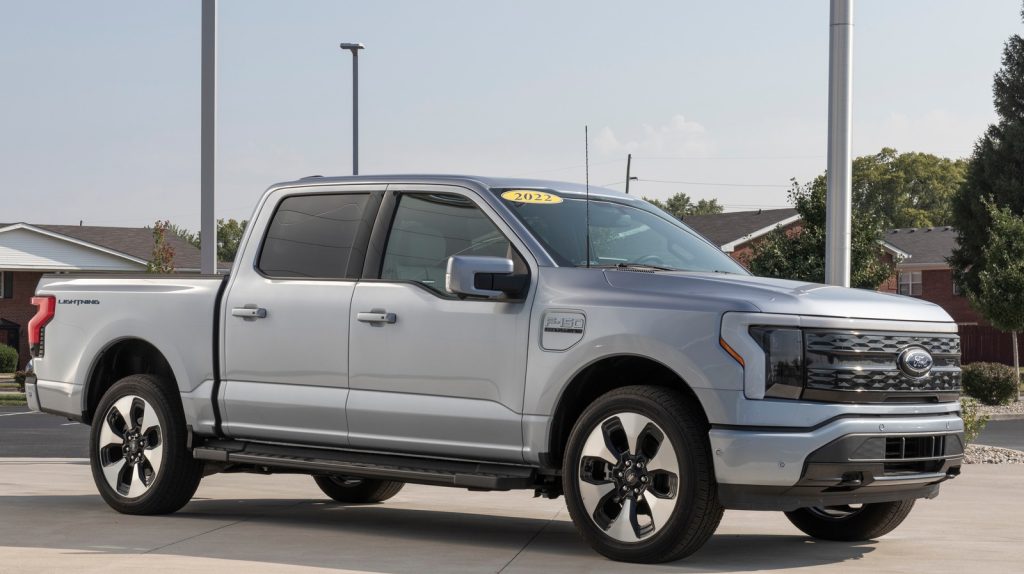
The Shift Towards Hybrids
Ford’s Redirection in the Powertrain Strategy
In August, Ford made a significant decision regarding its EV roadmap by halting the production of a much – anticipated three – row electric SUV. Instead, the company is now focusing more on hybrids. This shift represents a recognition of the market’s preference for a middle ground. Hybrids, such as those with powertrains like the PowerBoost that combine battery power and a turbocharged gas engine, offer a more appealing option for a broader range of consumers. Ford’s CEO, Jim Farley, has been outspoken about the necessity of reducing production costs to ensure the profitability of EVs. This move towards hybrids is not a complete turnaround but rather a response to a market that is still in the process of defining itself. Currently, hybrids are attracting attention as they provide a less – committed alternative for those seeking fuel savings and environmental consciousness without the extensive infrastructure requirements associated with full – fledged EVs.
The Financial Impact of Ford’s EV Division
Ford’s EV division is facing significant challenges this year, with an expected loss of $5 billion. The third – quarter earnings have also been affected, as the net income dropped to $900 million, largely due to a charge related to the shelved EV SUV project. Jim Farley has made it clear that Ford can only invest in EVs if there is a clear path to profitability. In this context, hybrids emerge as a more viable option, serving as a stronger link between Ford’s traditional vehicle lineup and its future in electrification. This approach provides the company with a practical and flexible way forward during this period of market uncertainty.

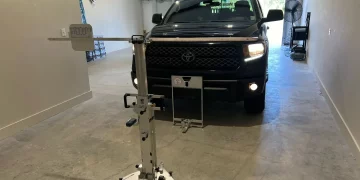
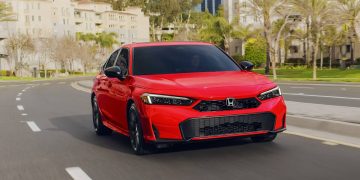
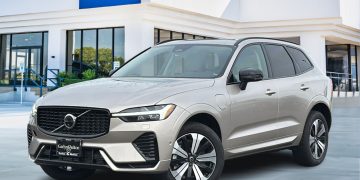


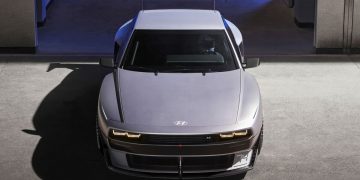

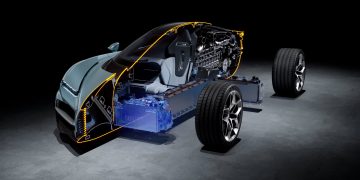
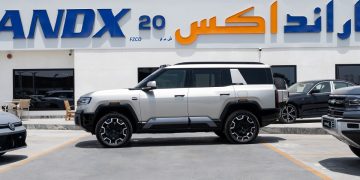

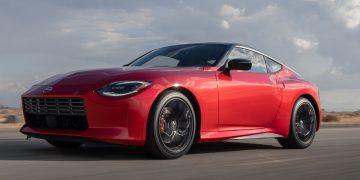




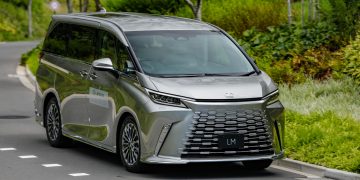


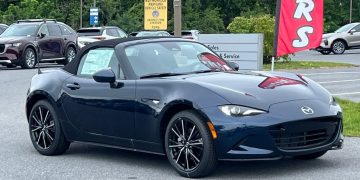
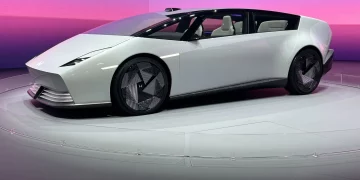













Discussion about this post